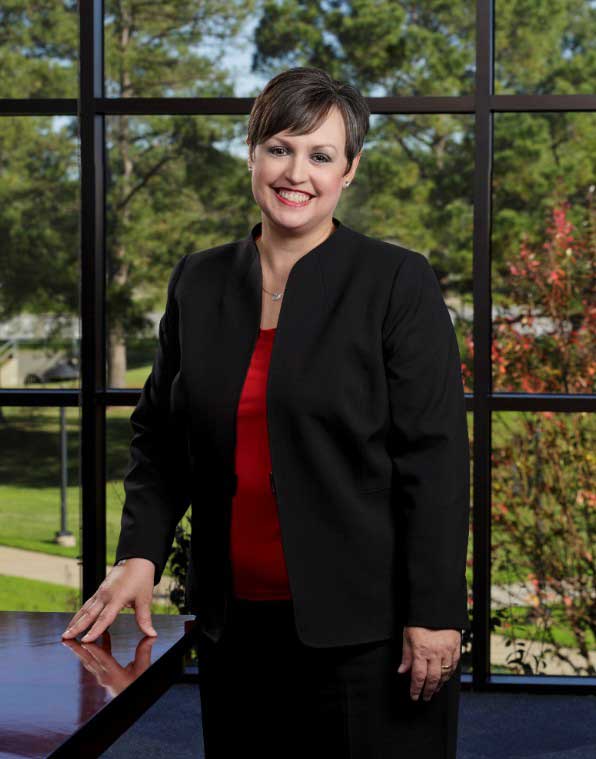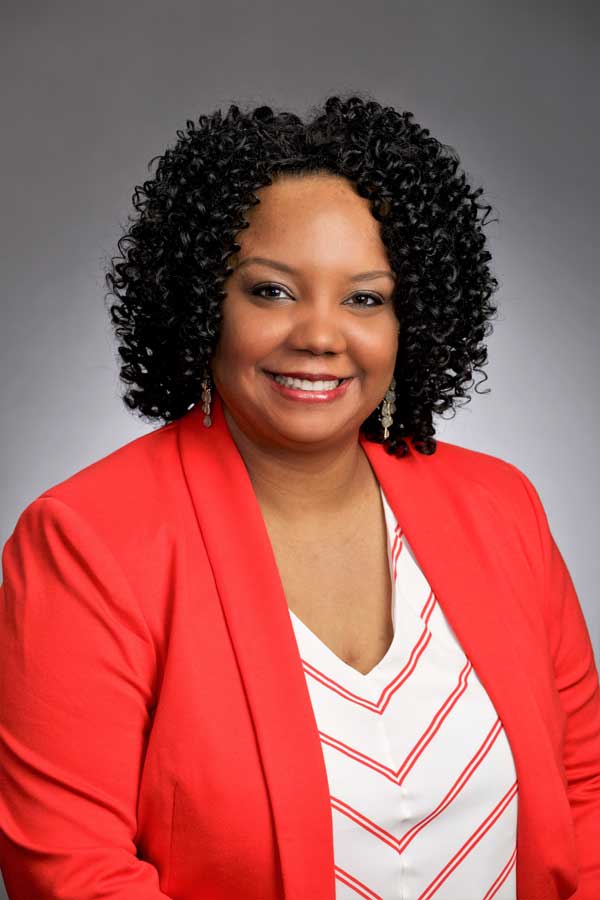[Digital images available]
TOMBALL, Texas – A little over a decade ago, the federal government recommended new guidelines to “attain the world’s highest proportion of college graduates by 2020.” Higher education institutions embraced the challenge and made a concerted effort to increase graduation rates through improved practices, updated policies and innovative programs. The results after a decade of implementation? While institutions have improved, many educators say that improvement of completion rates has been marginal, at best, and there is still significant work to be done.
The president of Lone Star College-Tomball, Dr. Lee Ann Nutt, and colleague Latoya Hardman confront the conventional wisdom around college completion efforts in Complete the Agenda in Higher Education: Challenge Beliefs About Student Success. They present a compelling argument, backed by tested classroom techniques, that to increase graduation rates, academic institutions must shift from the completion-only-mindset, often referred to as the Completion Agenda, to a more holistic approach that encompasses a broader student experience, which the authors call the Beliefs Agenda.
"We still want students to finish,” said Dr. Nutt. “But we want them to leave college knowing how to finish anything they start, because if a student can't complete a degree, it’s likely they can't finish anything else either.”
The Beliefs Agenda takes practical aspects of the Completion Agenda and builds heavily on them, adding indispensable fundamentals the authors say are missing in the current culture of completion efforts. Foremost among the authors’ approach is instilling four principles students need to succeed: growth, resilience, instinct and tenacity—or GRIT, the centerpiece of research conducted by Dr. Paul G. Stoltz, Founder and Chief Executive Officer of PEAK Learning. He defines GRIT this way, “A person’s capacity to dig deep, do whatever it takes—especially struggle, sacrifice and even suffer—to achieve your most worthy goals.”
Co-author Hardman, currently the Director of Academic Initiatives and Partnerships at LSC-Tomball, developed many of the teaching techniques mapped-out in the second part of book. She experimented with various ways the Beliefs Agenda could be integrated into the classroom and help students experience and internalize success, and gain new beliefs about their own abilities and what it takes to be successful.
“I gave my students a riddle to work on for 15 minutes,” she said, explaining one of the simple exercises that shows students they already have the capacity to think about things, focus for long periods of time, and finish what they start. “I explain to them, it’s not always going to be easy, but you have the ability within you. Now I need you to take what you did on that puzzle and apply it to this paper or to this project.”
Complete the Agenda in Higher Education: Challenge Beliefs About Student Success provides practical implementation methods, offers engaging teaching tactics, and proposes sensible strategies. While the authors expect some pushback, there are many higher education professionals calling for fresh thinking and are willing to try new ideas that may not only increase graduation rates but also yield better students-citizens.
“[The authors] challenge readers to think beyond institutional goals of completion by also
focusing on helping students believe they belong and can succeed in college and in life,” said reviewer James R. McCoy, co-creator and executive producer, for the Emmy-nominated documentary, No Greater Odds. “Backed by empirical research, [the authors] do a marvelous job of harnessing the powerful outcomes that can be achieved by focusing on student GRIT. Look out world, a new movement is on the horizon in higher education—the Beliefs Agenda is here!”
“After a decade of the Completion Agenda, most researchers and higher education leaders agree that student completion has not improved to the desired success level. [The authors] advocate that it is time for the next disruptive change in higher education,” said Dr. Martha M. Ellis, Director of Higher Education Strategy, Policy, and Services for the Charles A. Dana Center, University of Texas at Austin. “At the core of the Beliefs Agenda is the acknowledgement that experiences and beliefs underlie why some students finish despite the obstacles they face and why some students cannot finish anything, including an assignment.”
In their book, published by Rowman & Littlefield, Dr. Nutt and Ms. Hardman take on a timely and crucial topic in higher education that challenges the status quo. Now, their nationally recognized ideas and innovative approaches, which have been field-tested at their community college, could very well be an answer to one of the nation’s most important and on-going educational concerns.

Dr. Lee Ann Nutt, President, LSC-Tomball.

Ms. Latoya Hardman, Director, Academic Initiatives and Partnerships, LSC-Tomball.
Lone Star College-Tomball is located at 30555 Tomball Parkway, at the intersection of SH 249 and Zion Road. For more information about the college, call 281.351.3300 or visit LoneStar.edu/Tomball.
Lone Star College offers high-quality, low-cost academic transfer and career training education to 99,000 students each semester. LSC is training tomorrow’s workforce today and redefining the community college experience to support student success. Stephen C. Head, Ph.D., serves as chancellor of LSC, the largest institution of higher education in the Houston area with an annual economic impact of nearly $3 billion. LSC consists of six colleges, 10 centers, two university centers, Lone Star Corporate College and LSC-Online. To learn more, visit LoneStar.edu.
###